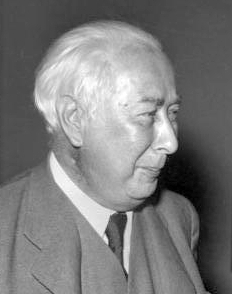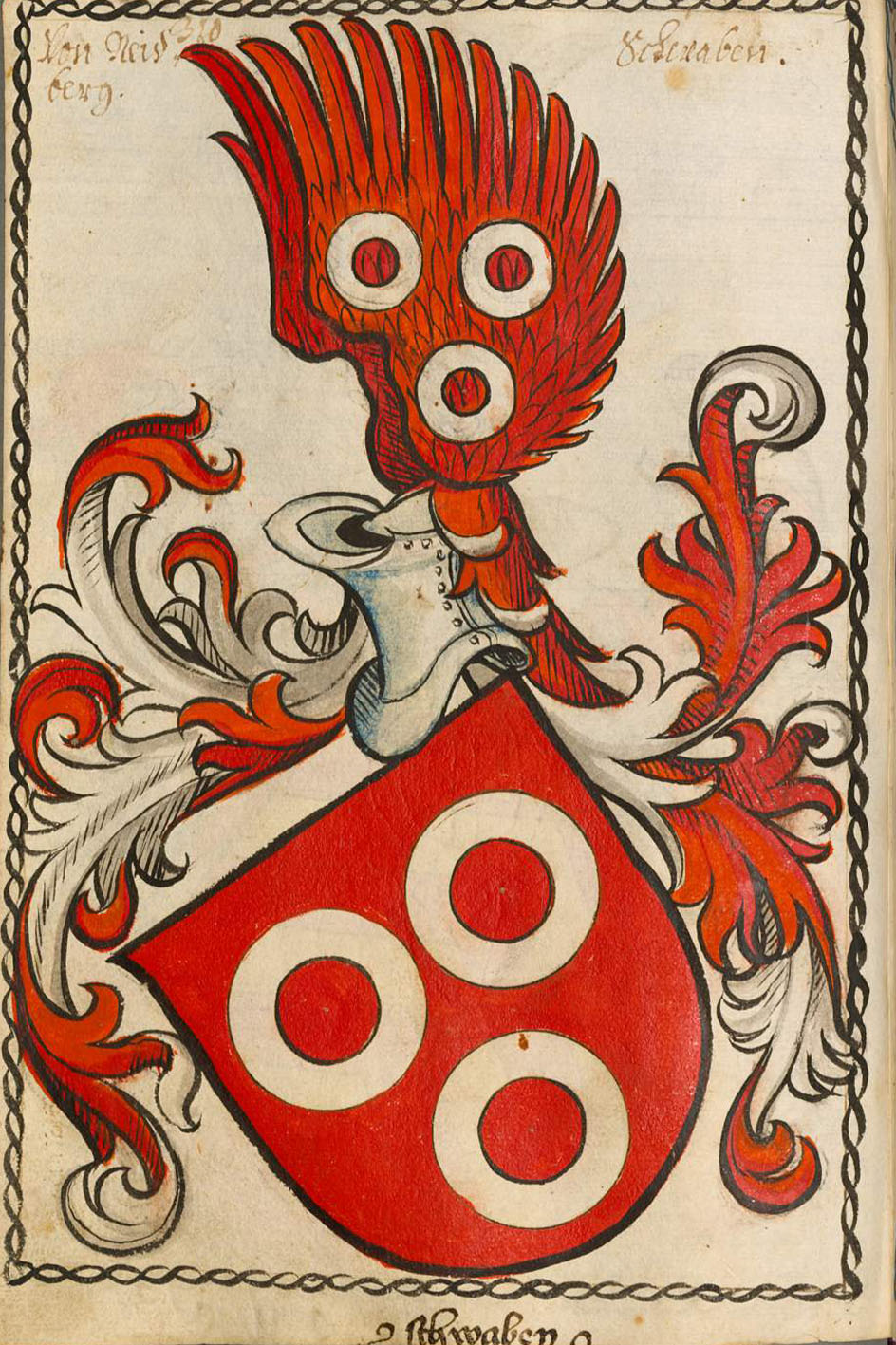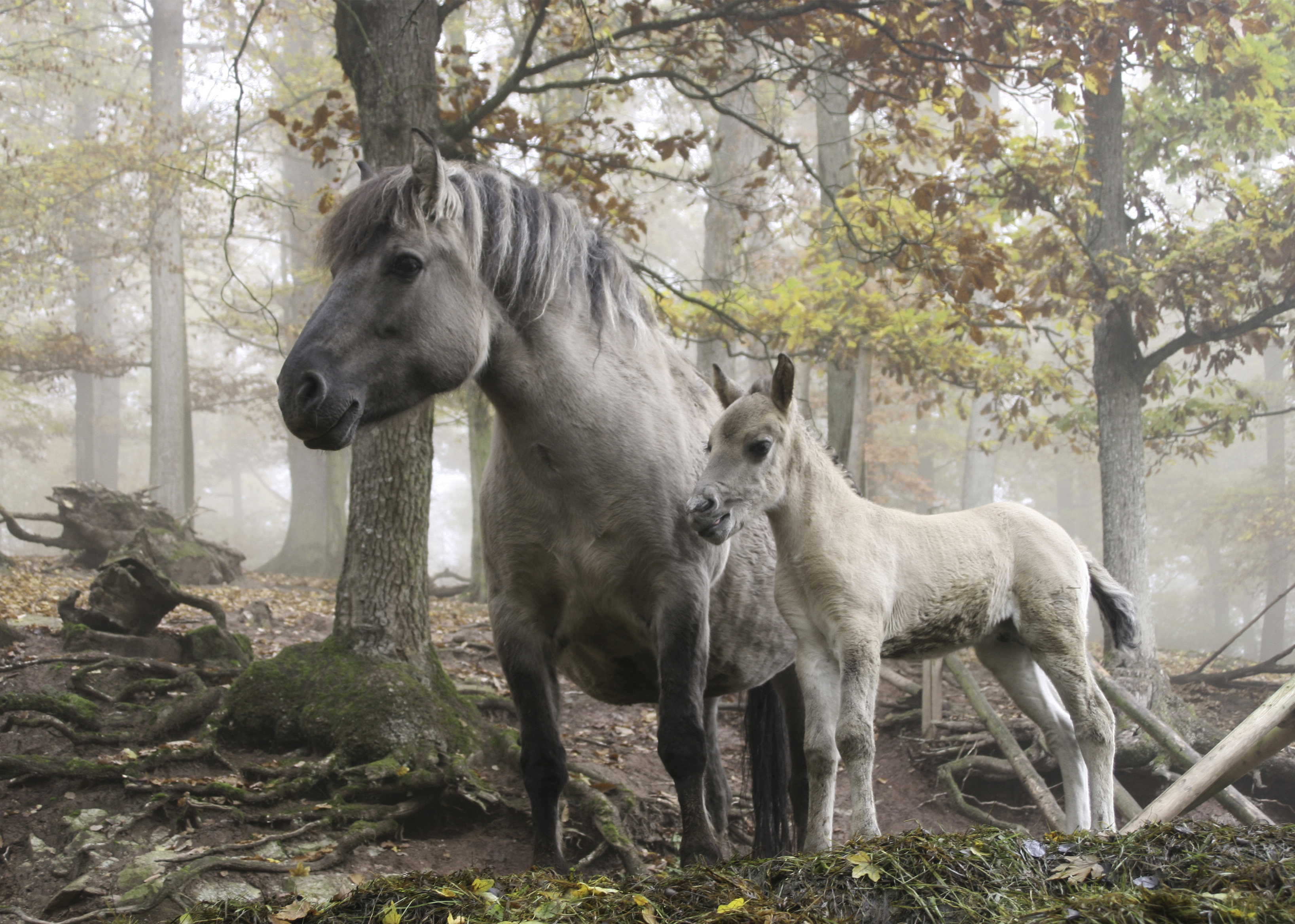|
Brackenheim
Brackenheim () is a town in the ''Landkreis'' Heilbronn in Baden-Württemberg in southern Germany. It is southwest of Heilbronn. With of vineyards, it is the biggest grape-growing municipality of Württemberg. Geography Geographical position Brackenheim is situated on the river Zaber in the Zabergäu in southwestern district of Heilbronn, in the north of Baden-Württemberg, Germany. The landscape is characterized by extensive vineyards. Neighbouring municipalities Neighbouring towns and municipalities (clockwise): ''Cleebronn'', ''Güglingen'', ''Eppingen'', ''Schwaigern'', '' Nordheim'', ''Lauffen (Neckar)'' (all district of Heilbronn), ''Kirchheim (Neckar)'' and ''Bönnigheim'' (both Ludwigsburg (district)). Town structure Apart from Brackenheim itself, it consists of the following: *Botenheim *Dürrenzimmern *Hausen an der Zaber *Haberschlacht *Meimsheim *Neipperg *Stockheim. History The communal land of Brackenheim has been settled for 5,000-6,000 years. Botenheim a ... [...More Info...] [...Related Items...] OR: [Wikipedia] [Google] [Baidu] |
Zaber
The Zaber () is a minor tributary of the River Neckar in Baden-Württemberg, Germany. It is some 22 km in length and joins the Neckar from the west at Lauffen am Neckar. It has given its name to the Zabergäu, the area between the Heuchelberg and Stromberg hills. Name The first mention is from the year 793 as ''Zabernahgouwe'' (Zabernachgau). Traditionally it is assumed that the name is derived from the Latin word ''Taberna'' ("restaurant", "street station"). It is assumed that the Roman settlement in today's Meimsheim bore this name (similar to the Alsatian place Zabern) and that with time the place name was transferred to the surroundings or to the river.Albrecht Greule: ''Deutsches Gewässernamenbuch. Etymology of the names of waters and the corresponding names of areas, settlements and fields.'' De Gruyter, Berlin 2014, This theory is supported by the fact that there was a traffic junction in Roman Meimsheim and that the place was possibly of administrative importan ... [...More Info...] [...Related Items...] OR: [Wikipedia] [Google] [Baidu] |
Heilbronn (district)
Landkreis Heilbronn () is a ''Landkreis'' (district) in the north of Baden-Württemberg, Germany. Neighboring districts are (from north clockwise) Neckar-Odenwald, Hohenlohe, Schwäbisch Hall, Rems-Murr, Ludwigsburg, Enz, Karlsruhe and Rhein-Neckar. In the centre of it is the free-city of Heilbronn, which is its own separate administrative area. History The predecessor to the district is the ''Oberamt Heilbronn'', which was created in 1803 when the previously Free Imperial City of Heilbronn was incorporated into the Electorate of Württemberg. In 1926, about half of the Oberamt (old district) of Weinsberg was added. In 1938, it was recognized as a district, and in addition to the previous Oberamt, parts of the dissolved Oberämter Neckarsulm, Brackenheim, Marbach and Besigheim were added. The city of Heilbronn was not included into the district. In 1973, the ''Landkreise'' (districts) were reorganized, and part of the dissolved districts of Sinsheim, Mosbach, Buchen and Schwäbisch ... [...More Info...] [...Related Items...] OR: [Wikipedia] [Google] [Baidu] |
Schwaigern
Schwaigern () is a town in the district of Heilbronn, Baden-Württemberg, Germany. It is situated 12 km west of Heilbronn. Geography Neighbouring municipalities The neighbouring towns and municipalities of Schwaigern (clockwise) are: Leingarten, Nordheim (Württemberg), Brackenheim, Eppingen, Gemmingen and Massenbachhausen (all in the district of Heilbronn). Town structure Schwaigern consists of Schwaigern itself and its districts Massenbach, Stetten am Heuchelberg and Niederhofen. Schwaigern has approximately 11,000 inhabitants. History Finds of the Neolithic era and during the Roman period show an early settlement of this area. The town was first mentioned in writing in the Lorsch codex of 766. Bertilo, Lord of Schwaigern, is first mentioned in 1120. The construction of a church is proved in the 13th century. Bertilo's descendants took on the name "Lords of Neipperg" in 1241, after their castle of Neipperg near Brackenheim. In 1407 they also acquired the Lordship of K ... [...More Info...] [...Related Items...] OR: [Wikipedia] [Google] [Baidu] |
Cleebronn
Cleebronn () is a municipality in the district of Heilbronn in Baden-Württemberg in southern Germany. Geography Cleebronn is in the Zabergäu in the south of the district of Heilbronn, directly in the north of the Stromberg mountain with an elevation of . The landscape is characterised by wine-growing. The symbol of the municipality and the whole Zabergäu is the Michaelsberg, which has an elevation of . Neighbouring municipalities Neighbouring towns of Cleebronn are (clockwise from the west): Güglingen, Brackenheim (both in the district of Heilbronn), Bönnigheim and Sachsenheim (both in the district of Ludwigsburg). Cleebronn has combined with Brackenheim to form a joint association. Municipal structure Cleebronn includes the villages of Treffentrill and Katharinenplaisir. History The first documented mention of Cleebronn was in 1279 as ''Kleberen''. In the 13th century there were some possessions of the Principality of Mainz around the Michaelsberg being rented to ... [...More Info...] [...Related Items...] OR: [Wikipedia] [Google] [Baidu] |
Heilbronn
Heilbronn () is a List of cities and towns in Germany, city in northern Baden-Württemberg, Germany, surrounded by Heilbronn (district), Heilbronn District. With over 126,000 residents, it is the sixth-largest city in the state. From the late Middle Ages, it developed into an important trading centre. At the beginning of the 19th century, Heilbronn became one of the centres of early industrialisation in Württemberg. Heilbronn's old town was completely destroyed during the air raid of 4 December 1944 and rebuilt in the 1950s. Today Heilbronn is the economic centre of the Heilbronn-Franconia, Heilbronn-Franken region. Heilbronn is known for its wine industry and is nicknamed ''Käthchenstadt'', after Heinrich von Kleist's ''Das Käthchen von Heilbronn''. Geography Heilbronn is located in the northern corner of the Neckar Sedimentary basin, basin at the bottom of the Wartberg (Heilbronn), Wartberg (308 m). It occupies both banks of the Neckar, and the highest spot inside city limit ... [...More Info...] [...Related Items...] OR: [Wikipedia] [Google] [Baidu] |
Güglingen
Güglingen () is a town in the district of Heilbronn in Baden-Württemberg in southern Germany. It is situated 18 km southwest of Heilbronn. Geography Güglingen is situated in a valley called Zabergäu in the southwest district of Heilbronn. Neighbouring municipalities Neighbouring towns and municipalities (clockwise): Pfaffenhofen, Eppingen, Brackenheim, Cleebronn (all of the district of Heilbronn) and Sachsenheim (Ludwigsburg (district)). Town structure The town Güglingen consists of Güglingen itself (4254 inhabitants), with its subdivisions Eibensbach (1035) and Frauenzimmern (922). Total: 6211 (June 30, 2005). History In the Stone Age the communal land of Güglingen was settled in the time of the Romans and Celts. In 2002, two Mithras sanctuaries have been discovered and dug up. By the previous finds it is guessed that the Roman settlement had a surface of 10 hectare. The village Güglingen was probably founded in the 4th or 5th century and was mentioned document ... [...More Info...] [...Related Items...] OR: [Wikipedia] [Google] [Baidu] |
Lauffen (Neckar)
Lauffen am Neckar () or simply Lauffen is a town in the district of Heilbronn, Baden-Württemberg, Germany. It is on the river Neckar, southwest of Heilbronn. The town is famous as the birthplace of the poet Friedrich Hölderlin and for its quality wines – in particular the "Lauffener Katzenbeißer Schwarzriesling". Geography Lauffen is located in the southern part of the district of Heilbronn, south of Heilbronn and north of the capital of Baden-Württemberg, Stuttgart, on the Neckar. The small river Zaber flows into the Neckar at this point. The neck of the previous great bow in the course of the north-flowing Neckar was broken through by erosion somewhere between 400 BC and 100 BC and for several centuries the watercourse survived as a ring of lakes. The old circular riverbed is now dry, apart from one small artificial lake. Along the old riverbed, a round hill was formed – its slopes now partially covered by the Kaywald forest and with other areas given over to the ... [...More Info...] [...Related Items...] OR: [Wikipedia] [Google] [Baidu] |
Evangelical-Lutheran Church In Württemberg
The Evangelical-Lutheran Church in Württemberg (german: Evangelische Landeskirche in Württemberg) is a Lutheran member church of the Evangelical Church in Germany in the German former state of Württemberg, now part of the state of Baden-Württemberg. The seat of the church is in Stuttgart. It is a full member of the Evangelical Church in Germany (EKD), and is a Lutheran Church. The presiding bishop (Landesbischof) of the church is Frank Otfried July (2005). There are four regional bishops (Regionalbischöfe). The regional bishops are located at Heilbronn, Stuttgart, Ulm, and Reutlingen. The Evangelical Lutheran Church of Württemberg is one of 20 Lutheran, united and reformed churches of the EKD. The church has 1,914,425 members (2020) in about 1,300 parishes. It is the most important Protestant denomination in eastern Baden-Württemberg. The Evangelical Lutheran Church of Württemberg is a member church of the Community of Protestant Churches in Europe. It is a member of the L ... [...More Info...] [...Related Items...] OR: [Wikipedia] [Google] [Baidu] |
The Left (Germany)
The Left (german: Die Linke; stylised as and in its logo as ), commonly referred to as the Left Party (german: Die Linkspartei, links=no ), is a democratic socialist political party in Germany. The party was founded in 2007 as the result of the merger of the Party of Democratic Socialism (PDS) and Labour and Social Justice – The Electoral Alternative. Through the PDS, the party is the direct descendant of the Marxist–Leninist ruling party of the former East Germany, the Socialist Unity Party of Germany. Since 2022, The Left's co-chairpersons have been Janine Wissler and Martin Schirdewan. The party holds 39 seats out of 736 in the Bundestag, the federal legislature of Germany, having won 4.9% of votes cast in the 2021 German federal election. Its parliamentary group is the smallest of six in the Bundestag, and is headed by parliamentary co-leaders Amira Mohamed Ali and Dietmar Bartsch. The Left is represented in nine of Germany's sixteen state legislatures, including all ... [...More Info...] [...Related Items...] OR: [Wikipedia] [Google] [Baidu] |
France
France (), officially the French Republic ( ), is a country primarily located in Western Europe. It also comprises of Overseas France, overseas regions and territories in the Americas and the Atlantic Ocean, Atlantic, Pacific Ocean, Pacific and Indian Oceans. Its Metropolitan France, metropolitan area extends from the Rhine to the Atlantic Ocean and from the Mediterranean Sea to the English Channel and the North Sea; overseas territories include French Guiana in South America, Saint Pierre and Miquelon in the North Atlantic, the French West Indies, and many islands in Oceania and the Indian Ocean. Due to its several coastal territories, France has the largest exclusive economic zone in the world. France borders Belgium, Luxembourg, Germany, Switzerland, Monaco, Italy, Andorra, and Spain in continental Europe, as well as the Kingdom of the Netherlands, Netherlands, Suriname, and Brazil in the Americas via its overseas territories in French Guiana and Saint Martin (island), ... [...More Info...] [...Related Items...] OR: [Wikipedia] [Google] [Baidu] |
Logo Of Brackenheim
A logo (abbreviation of logotype; ) is a graphic mark, emblem, or symbol used to aid and promote public identification and recognition. It may be of an abstract or figurative design or include the text of the name it represents as in a wordmark. In the days of hot metal typesetting, a logotype was one word cast as a single piece of type (e.g. "The" in ATF Garamond), as opposed to a ligature, which is two or more letters joined, but not forming a word. By extension, the term was also used for a uniquely set and arranged typeface or colophon. At the level of mass communication and in common usage, a company's logo is today often synonymous with its trademark or brand.Wheeler, Alina. ''Designing Brand Identity'' © 2006 John Wiley & Sons, Inc. (page 4) Etymology Douglas Harper's Online Etymology Dictionary states that the term 'logo' used in 1937 "probably a shortening of logogram". History Numerous inventions and techniques have contributed to the contemporary logo, includ ... [...More Info...] [...Related Items...] OR: [Wikipedia] [Google] [Baidu] |
Marsan
Marsan (; oc, Marçan, link=no, ) is a commune in the Gers department, southwestern France. Geography Population There exists a Swedish vanilla sauce product called , the name inspired by a visit by the owner to Marsan, Gers in the 1920s. See also *Communes of the Gers department The following is a list of the 461 communes of the Gers department of France. The communes cooperate in the following intercommunalities (as of 2020):Communes of Gers {{Gers-geo-stub ... [...More Info...] [...Related Items...] OR: [Wikipedia] [Google] [Baidu] |






